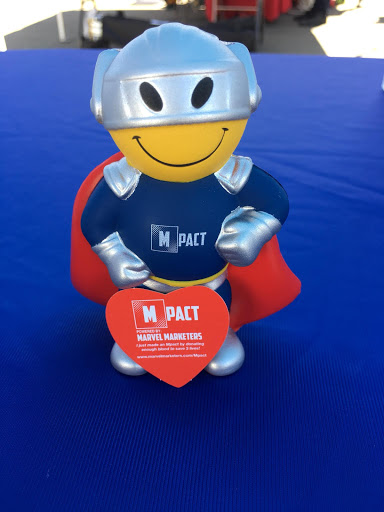The process of migrating your Marketo instance is no small feat! Like many transformative tasks in life, planning the work and working the plan is the ideal way to tackle a migration. Smooth the transition to a new instance by putting in most of the work AHEAD of time.
First, make sure you and your colleagues verbalize and agree upon exactly what’s to be accomplished (as well as discuss some if-then scenarios). Second, be sure to allocate adequate time and resources.
Next, take a few of our best practices to heart:
Best Practice #1: Evaluate what you want to migrate and plan accordingly
Depending on the volume of items being migrated over, migrating an instance can be very time-consuming and require a lot of processing power. Make sure you’re evaluating where things currently stand against your end goals for your new instance. Have answers to questions like:
✓ What activities, programs, records, and lists do you want to migrate over?
✓ What date do you want to begin the migration from?
✓ Have you cleaned your database recently?
✓ Do I have a data dictionary/inventory I can refer to for my fields, assets, and data?
Best Practice #2: Backup your prioritized data before starting the migration process
More often than not, there are plenty of assets that can most likely be sunset (but not deleted) before the migration. Do you need landing pages from 2015, or that webinar invite from 2017? If you do, great! Make sure you’re prioritizing what you need. If not, let it go so as not to clutter your new instance. Evaluate things like:
✓ Data (including lists)
✓ Campaigns
✓ Forms
✓ Assets
Best Practice #3: Test your assets and migration before migrating your entire instance
Testing all (and we do mean all) of the assets you plan to migrate over will ensure that the migration process doesn’t include broken items. Make the necessary adjustments beforehand, then test the migration on a small scale. This will help you identify any potential issues and make any necessary adjustments.
Best Practice #4: Coordinate with your team
Ensure your team has a clear set of naming conventions in use before and after the migration for better reference, and make sure the full team follows it consistently. Keep your team informed of the migration process and ensure they understand how it will affect their work.
Best Practice #5: Review your integrations
Review all your integrations and ensure they are set up correctly and in sync with your new instance.
Best Practice #6: Monitor the migration
Keep an eye on the migration process to ensure everything is going smoothly and address any issues that arise as soon as possible. You can keep track of the changes made to your instance during the copy/migration process via the Delta Migration Log, as well as track the Migrated Activity History via Marketo Custom Activities.
Best Practice #7: Verify data, then test everything again
Verify that all your data has been migrated correctly and that there is no missing or incorrect data. From there, test everything again to ensure everything works as intended. It’s okay if something gets missed so long as you catch it before it goes live again!
Best Practice #8: Update your documentation
Update your internal documentation to reflect the new instance, including any changes to processes or workflows.
Best Practice #9: Provide training
Provide training for your team on the new instance and ensure they are familiar with any new features or changes.
These best practices are just the tip of the iceberg when it comes to migrating your Marketo instance. We at Marvel Marketers know just how scary and overwhelming a migration can be. We’ve been there before, and we’ve helped our clients overcome the challenges that come with migrations several times over. Our superheroes can help you migrate a mature, scalable, and efficient instance, controlled with governance, rendering your entire workload more efficient. Contact us for more information.




